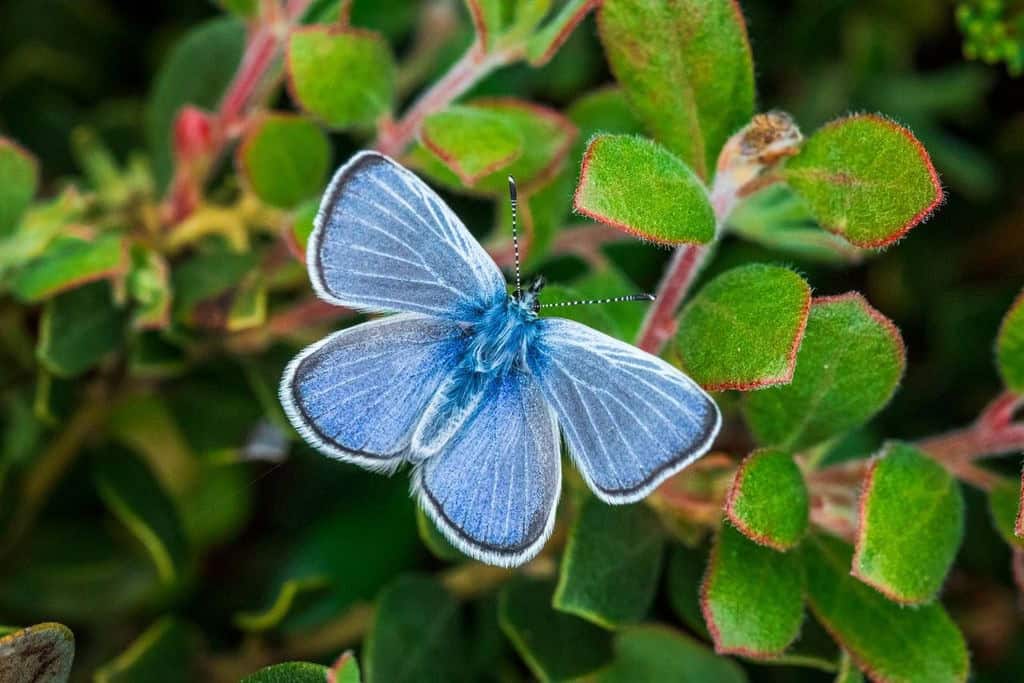Share this article
To gauge climate change threats, researchers try time travel
To test how accurately biologists can predict a species’ risk of extinction under climate change, a team of researchers traveled back in time.
They took current methods used to assess extinction risks and applied them to birds and butterflies in England four decades ago. The researchers wanted to see if they could predict the current state of those species to test whether or not similar assessments conducted now could accurately predict species’ future under climate change. Most of them couldn’t, the team found.
“We imagined ourselves to be in the past and looked at how we assessed their risk back then, given these methods,” said University of York biology professor Chris Thomas, an author of the recent study published in Global Change Biology. “Then, we assessed those species for different levels of vulnerability to determine which of those methods were successful in predicting increasing and decreasing in species.”
The International Union for Conservation of Nature places a species on its Red List of Threatened Species after assessing how great a risk a variety of different threats poses to its population. Thomas worried that the assessments may not accurately capture all the threats a species faces from climate change, though. Because the effects of climate change may happen over an extended period, he said, they may gradually impact a species a great deal before it is listed as endangered.
“A number of people, including myself, have been concerned that this approach might not work very well for long-term gradual trends,” Thomas said.
He and his colleagues looked at 12 different methods — examining factors such as lifespan and reproductive success — that researchers suggested could predict some of these long-term effects.
Then, they looked back to the 1970s and tested each method on 234 species of common birds and butterflies in Britain to determine if the results matched the reality of the bird and butterfly population today. They didn’t.
They found that none of the methods seemed to work at all in accurately predicting species at-risk.
Historical information on population and distribution trends did successfully project change in species abundance, though.
The results demonstrate the importance of monitoring programs on species around the world, Thomas said. “Otherwise, we’re not going to be able to make accurate predictions of what would happen in the future.”
Thomas plans to apply this one successful method to species throughout Britain. Then, he said, “we need to start assessing at an international and global level.”
Header Image: A small tortoiseshell butterfly (Aglais urtica) rests on a flower in the U.K. ©William Warby








